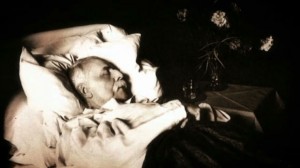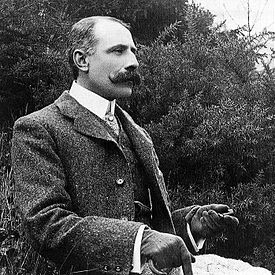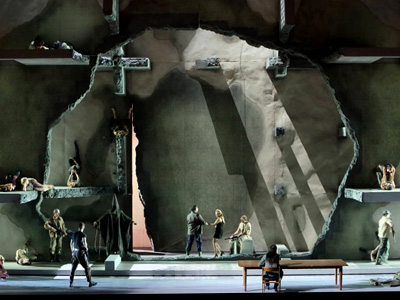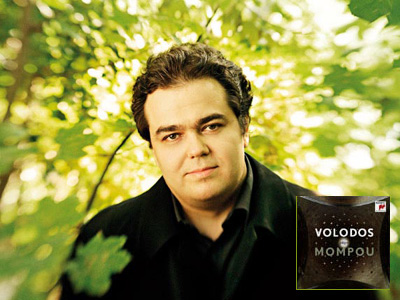By: Edna Landau
When it comes to producing performance videos, conductors would seem to be at a greater disadvantage than other artists. Every process that is central to the advancement of their careers, such as applications for music directorships, orchestra staff positions, training programs or competitions depends on the submission of sample performance videos. Yet most professional orchestras in the U.S. forbid the recording of rehearsals and performances that would provide these conductors with the footage they need. There have been occasional instances when some orchestras’ playing committees have assisted a conductor in securing a waiver to allow a recording for the sole purpose of helping them to advance professionally or gain employment. More often, the only way for conductors to circumvent this problem is to try to record performances that they lead with college or conservatory, festival, youth or training orchestras. Some conductors have put together pickup groups consisting of professional musicians familiar to them and with whom they have a good rapport. There is no reason why these recordings should be inferior in quality, from a production standpoint, to what might be achieved with a professional orchestra. Yet I have noticed great variety in the videos that I have been asked to review by conductors who are applying for conducting programs or auditions with an orchestra. This prompted me to consult with a few colleagues, two of whom work at orchestras which recently concluded a round of assistant conductor auditions. I am happy to share their advice with our readers.
Evans Mirageas, Vice President for Artistic Planning at the Atlanta Symphony, stressed the importance of shooting the video from the back of the orchestra with a full frontal view, close enough to frame the conductor so that their gestures can be seen clearly, but also leaving enough “middle distance” so that one can see the players’ reactions. Lighting should be good and the image needs to be clear. Audio should be of the highest possible quality and the microphone should be judiciously placed so as to yield the best balance in sound. I asked Edward Yim, Vice President, Artistic Planning, for the New York Philharmonic about the length and variety of excerpts they like to be offered and specifically what they look for. He told me that they like to be offered whole movements, when possible, of contrasting works and that they look for a clear beat, effective use of both hands, expressiveness, musical imagination and a real connection with the orchestra. This includes the ability to get a certain sound out of the orchestra. Essentially, they are looking for a conductor who can make the notes come to life.
Should conductors submit rehearsal footage along with performance excerpts? This may vary from orchestra to orchestra. The Atlanta Symphony likes to see both. They value the opportunity to witness the conductor’s communication skills in rehearsal and their ability to effectively bring across their ideas in performance. I spoke to Jesse Rosen, President and CEO of the League of American Orchestras, which organizes and presents the biennial Bruno Walter National Conducting Preview. He would counsel conductors who are asked to provide rehearsal segments to be sure to show something that demonstrates that they improved the results. He also advises that performance samples be long enough so that the viewer can discern the conductor’s grasp of the form and architecture of the piece. He and his colleagues find it extremely helpful if the dvd or video file is clearly labeled to enable easy navigation through the selections.
In my opinion, most conductors would be well advised to show their video samples to a teacher or mentor before submitting them. They might point out instances when the conductor may be looking into the score at critical moments, such as changes in tempo and dynamics, or major cues, and not providing the musicians with the eye contact they require. They also possess the objectivity to steer the conductor away from a segment in which they may come across as being overly transported by the music, at the expense of providing musical direction to the orchestra. In such cases, the conductor might be able to select other excerpts which give more positive evidence of their connection with the musicians. Such input can be invaluable in helping a young conductor put their best foot forward. .
© Edna Landau 2014






![my_brightest_diamond[1]](http://www.musicalamerica.com/mablogs/wp-content/uploads/2013/12/my_brightest_diamond1-150x150.jpg)